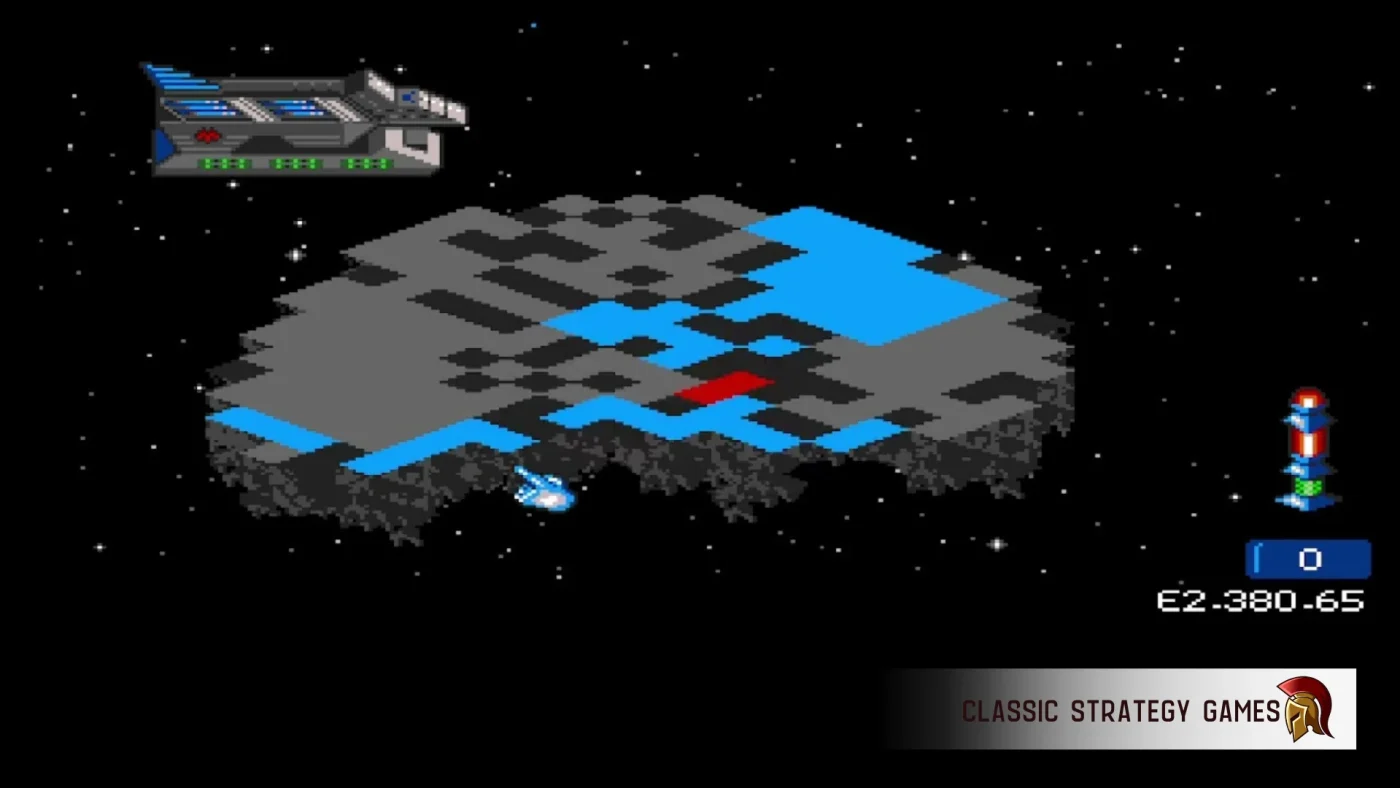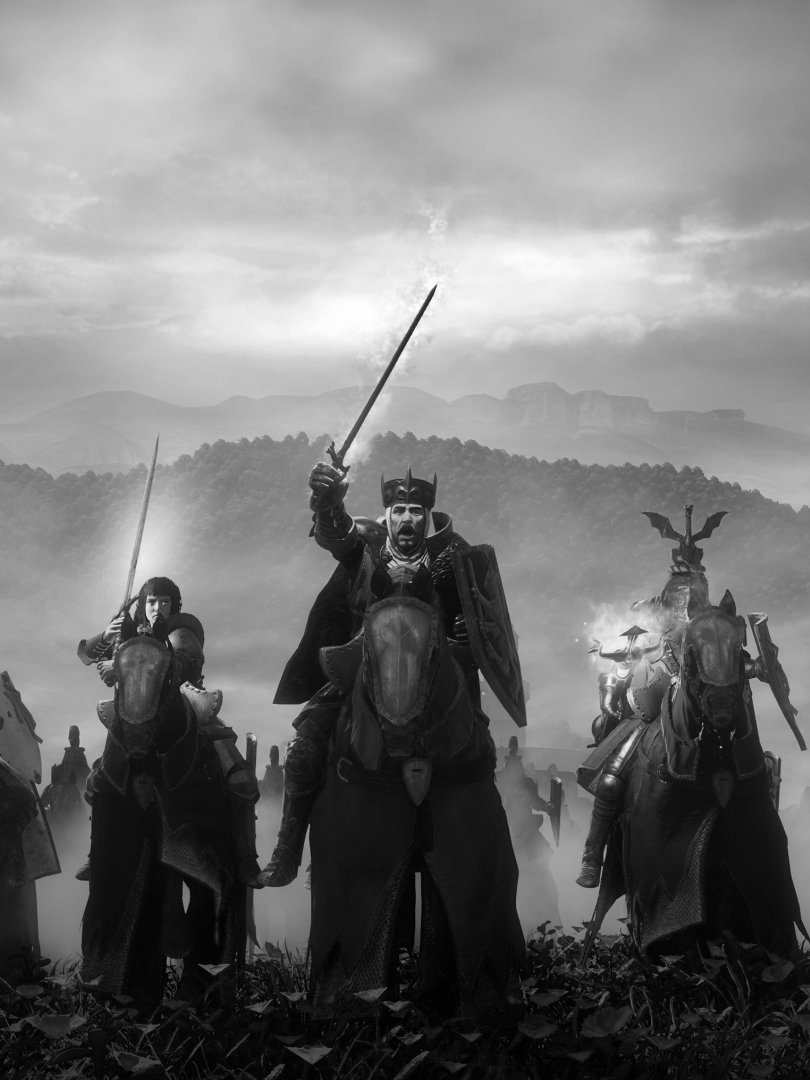K240 dropped players into a harsh, unclaimed asteroid belt with one goal—turn it into a thriving network of colonies. Released in 1994 for the Amiga by Gremlin Graphics, it took the groundwork laid by Utopia: The Creation of a Nation and expanded it into deep space, forcing players to juggle economy, infrastructure, and military strategy in real time. While many strategy games focused on planetary expansion, K240 turned asteroids into the battleground, each one a crucial piece of a fragile empire. Managing these scattered settlements required careful planning, as every asteroid had limited space, finite resources, and the ever-present threat of alien aggression.
Unlike other city-builders of the time, expansion carried risks beyond simple mismanagement. The moment a colony started to flourish, rival factions took notice. Six alien species roamed the asteroid belt, each with its own agenda. Some traded, some observed, and some went straight for blood. Survival meant preparing for inevitable conflict while still keeping production and trade flowing.
A Fragile Empire Among the Rocks
The asteroid belt provided plenty of opportunities for growth, but every step forward demanded resources. Colonization involved mining asteroids for minerals like iron, uranium, and gold, but deposits didn’t last forever. Extracting too aggressively left asteroids depleted, forcing expansion into more dangerous territory. Every new outpost stretched the economy thinner, making logistics a central challenge.
Trade played a role, but it wasn’t a simple solution. Neutral factions offered deals that could provide missing resources, but relying on trade introduced its own problems. Alien economies fluctuated, agreements could be broken, and shipping routes needed protection. A trade network without military support became easy prey for rival fleets.
A War Economy From the Start
K240 never let players sit back and focus purely on development. Asteroids required defences, and military spending could never be ignored. Every alien faction had its own personality. Some expanded aggressively, others built up forces before striking, and a few used diplomacy as a tool for manipulation.
Defensive structures like laser turrets, missile silos, and planetary cannons had to be placed carefully, as each asteroid had limited space. A colony brimming with industrial output but lacking military installations became a liability. The challenge was balancing production with protection, ensuring that outposts weren’t left vulnerable while maintaining an economy strong enough to sustain an arms race.
Combat wasn’t just about static defences. Shipbuilding allowed players to design and produce customized spacecraft, tailoring fleets to different needs. Fighters, bombers, and capital ships each had a role, and reckless engagements could drain resources fast. Losing an asteroid meant a shift in momentum, as enemies seized valuable resources and trade routes.
Tension in Real Time
Strategy games in the early ‘90s often followed a turn-based format, but K240 played out in real time. Alien factions scouted, expanded, and attacked at their own pace. Some tested defences before launching full assaults, while others waited for players to overextend before striking. The unpredictability made every expansion feel like a gamble.
Diplomacy existed, but it came with no guarantees. Deals could be made, but they could also be broken without warning. Some factions played a long game, pretending to be neutral while secretly preparing an invasion. Keeping an eye on enemy movements and maintaining a strong fleet were the only ways to ensure survival.
The AI wasn’t perfect, but it was aggressive enough to force players into action. A passive approach led to disaster, as enemies didn’t wait for a fair fight. Expanding too quickly without securing territory meant spreading forces too thin, while playing too cautiously led to economic stagnation. The best strategies involved a mix of calculated aggression and fortified strongholds, ensuring that no asteroid became an easy target.
Legacy and Influence
K240 didn’t achieve widespread fame, but it laid the groundwork for later space strategy games. The blend of real-time management, resource balancing, and colony defence made it a precursor to titles like Master of Orion 2 and Galactic Civilizations. Its direct successor, Fragile Allegiance (1996), refined and expanded on its mechanics, bringing the asteroid colonization concept to a wider audience.
The game’s unforgiving nature and constant tension gave it a distinct identity among strategy games of the time. It didn’t allow passive growth or predictable playstyles. Every choice carried weight, and every victory felt earned. Players who enjoy deep strategy with constant pressure will find K240 an experience that rewards careful planning, decisive action, and a willingness to adapt.


